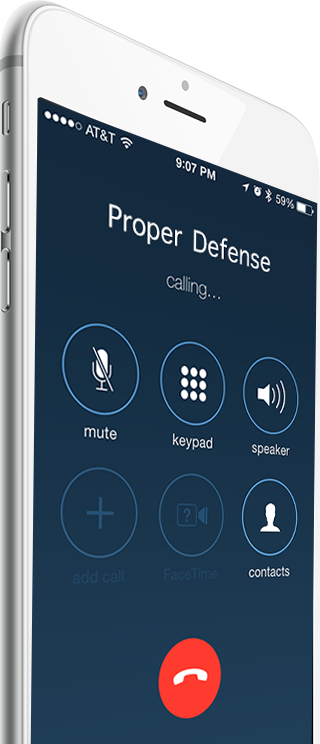- Home
- About Us
- Criminal Division
- Civil Division
- Pricing
- Appeals
- Blogs
- Reviews
- Let’s Connect
A Governor’s Pardon is a privilege that is granted only to individuals who have demonstrated exemplary behavior by living a useful, productive, and law-abiding life following a felony conviction. To apply, the applicant must have been discharged from probation or parole for at least 10 years without further criminal activity (this includes driving tickets).[1]
A. Two-Avenues
i. Certificate of Rehabilitation
Penal Code Section 4852.01 to 4852.21 lays out the law by which an individual may seek a Certificate of Rehabilitation from the court. To be eligible to apply the applicant must fall in one of three categories:
B. When to Apply
Before applying for a Certificate of Rehabilitation, the applicant must complete the rehabilitative period for their specific circumstance. The period of rehabilitation requires residence in California for five years, and an additional:
A petition for Certification of Rehabilitation is then filed with the clerk and must be served on the District Attorney of the county in which the applicant resides, as well as on the District Attorney in the county where each felony conviction was obtained, and lastly on the Governor. Service must be made 30 days before the scheduled hearing.
At the hearing, the court may review the prior conviction(s) and any information regarding the petitioner’s conduct since the conviction. Based on the evidence presented the court may declare the petitioner rehabilitated and issue a Certificate of Rehabilitation which will be transmitted to the Governor and becomes the application for a pardon.[2]
ii. Direct Pardon
The direct pardon is available to those that are not eligible for a Certificate of Rehabilitation, generally those individuals that were convicted of felonies and reside outside of California, or convicted of an enumerated sex offense or misdemeanor. A direct pardon is covered by California Penal Code Sections 4800-4813. The applicant must submit a request for an application directly to the Governor’s office. The applicant will then receive an Application for Clemency, complete the application and return it to the Governor’s office. Notice of the application must be sent to the District Attorney of each county in which the applicant has been convicted of a felony. Additional investigation may take place by the Board of Prison Terms.
A pardon:
A pardon does not:
Applying for a Governor’s Pardon does not guarantee that it will be granted. Historically, many Governors were very reluctant to grant pardon. However, Governor Brown has granted numerous pardons.
Number of Pardons Granted by Recent California Governors:
If you are a convicted felon and have been a law abiding and contributing citizen for the past ten years, recognition by the local court and the Governor is the ultimate step to prove to the world the reformation in your life. For more information and assistance making this dream a reality, contact Proper Defense at 559-825-3800 or visit our website properdefense.wpengine.com.
[1] This 10 year rule may be waived in exceptional circumstances.
[2] Once the application is filed, the Governor may refer to the Board of Prison Terms for investigation which may involve the Board contacting the district attorney, investigating law enforcement agency, and other persons with relevant information regarding the applicant. If the applicant has been convicted of more than one felony in separate proceedings, the California Supreme Court must approve granting a pardon before the Governor may do so.
[3] An individual that was convicted of an offense involving the use of a dangerous weapon will not have their gun rights restored; a CA pardon does not necessarily permit the possession of weapons under the laws of another state or the federal government.
[4] The pardon becomes a public record, is filed with the Secretary of State, and reported to the Legislature.
[5]The individual can state that he/she has been convicted and pardoned.


